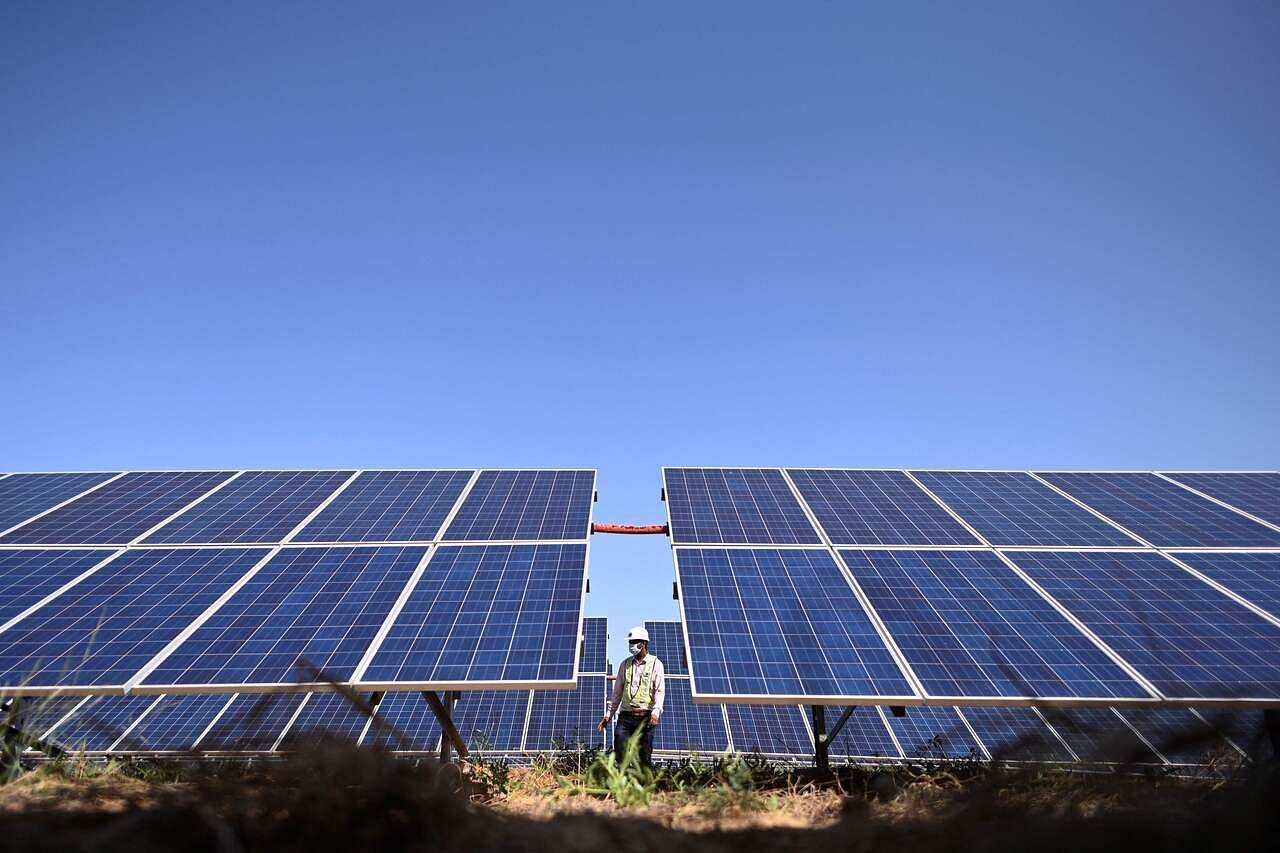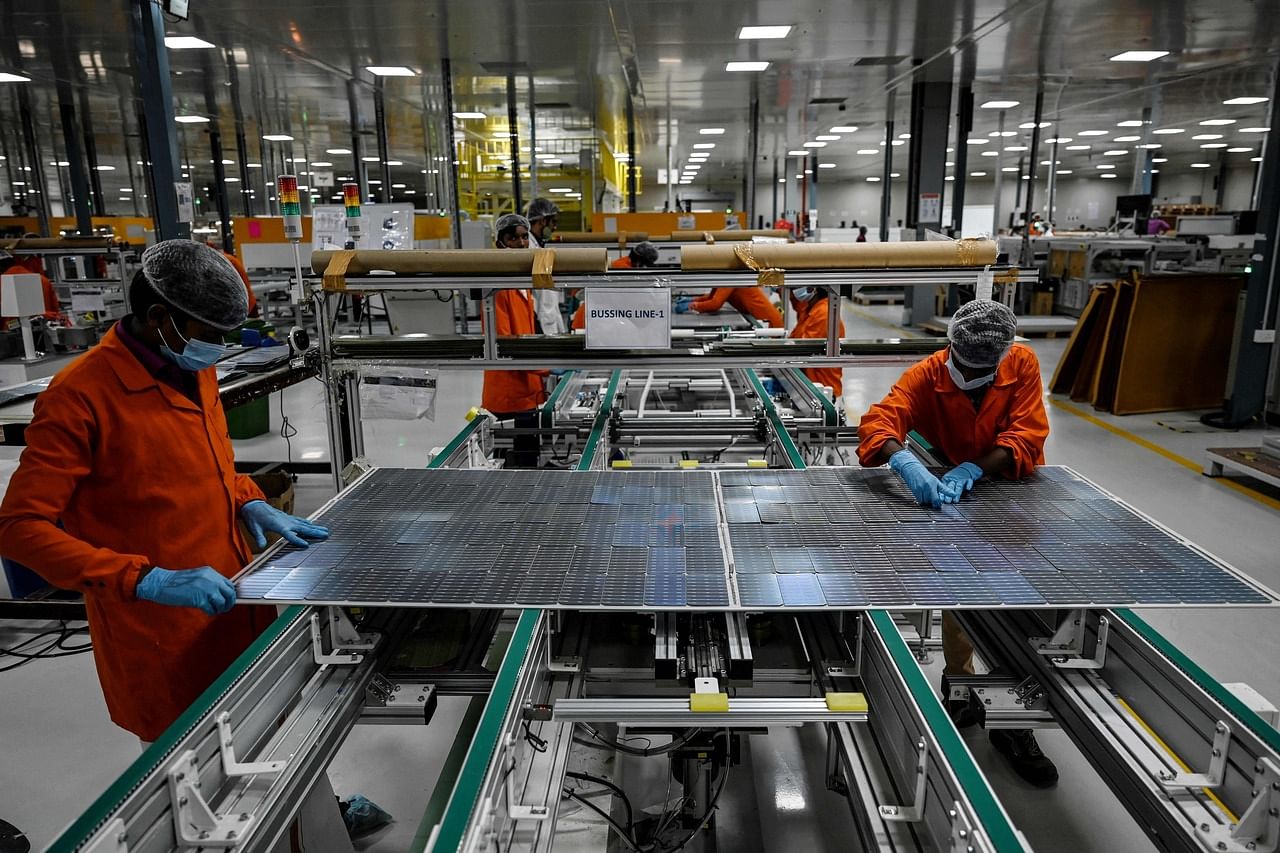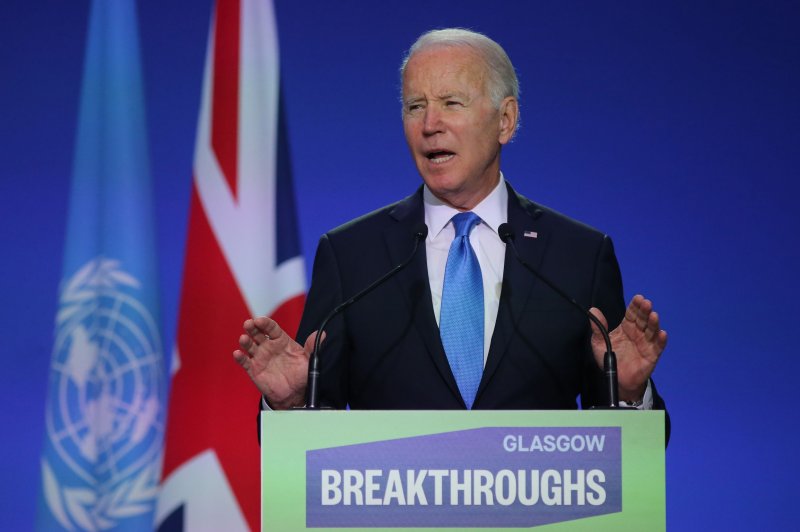Igor Bonifacic
·Contributing Writer
Tue, November 2, 2021
Most climate change misinformation comes from only a handful of sources. That’s according to a new report from the Center for Countering Digital Hate (CCDH). The organization found that ten publishers are responsible for 69 percent of all interactions with climate change denial content on Facebook. Included in the group, which the CCDH titled “The Toxic Ten,” are Breitbart, Russia Today and Media Research Center, which has ties to the fossil fuel industry.
The findings broadly mirror that of another report the CCDH published earlier in the year, which found that as much as 73 percent of vaccine misinformation on Facebook can be linked to only 12 individuals dubbed the “disinformation dozen.” That study has been widely cited by US lawmakers who have called on social media platforms to do more to address the “urgent threat” misinformation represents to public health.
As it did with the earlier disinformation dozen report, Meta, Facebook’s parent company, disputed the methodology the CCDH used to compile its latest study. “The 700,000 interactions this report says were on climate denial represent 0.3 percent of the over 200 million interactions on English public climate change content from Pages and public groups over the same time period,” a spokesperson for the company said. It also pointed to the recently announced expansion of features like the Climate Change Information Center as evidence of its commitment to tackling misinformation on the topic.
In an interview with The Washington Post, Imran Ahmed, the chief executive of the CCDH, said the organization looked at approximately 7,000 articles published between October 2020 and October 2021. He called the sample “robust” and said there was enough data “to derive representative finds of trends.”
Additionally, the report examined the financial incentives involved in publishing climate change denial content. The CCDH estimates eight of the companies included in the Toxic Ten made $5.3 million in Google ad revenue over the last six months, with $1.7 million going to the search giant. "We recently announced a new policy that explicitly prohibits publishers and YouTube Creators from monetizing content that promotes climate change denial. This policy will go into effect on November 8 and our enforcement will be as targeted as removing ads from individual pages with violating content," a spokesperson for Google told Engadget.
“When you put it all together, you’ve got these two industries, Big Oil and Big Tech, and they are the two industries that pose the greatest threat to the survival of our species,” Ahmed told The Post.
The timing of The Toxic Ten report comes as delegates from around the world meet at the UN’s COP26 climate summit in Scotland in what’s been described as “the world’s last best chance” to curb greenhouse gas emissions. Without dramatic reductions, the planet is currently on track for a “catastrophic” 2.7 degree Celsius rise in global temperatures. With every additional degree of warming beyond the 1.5-degree target put forward by the Paris Agreement, there’s a greater risk of the planet passing specific tipping points that could lead to even more dramatic changes to the climate.

























